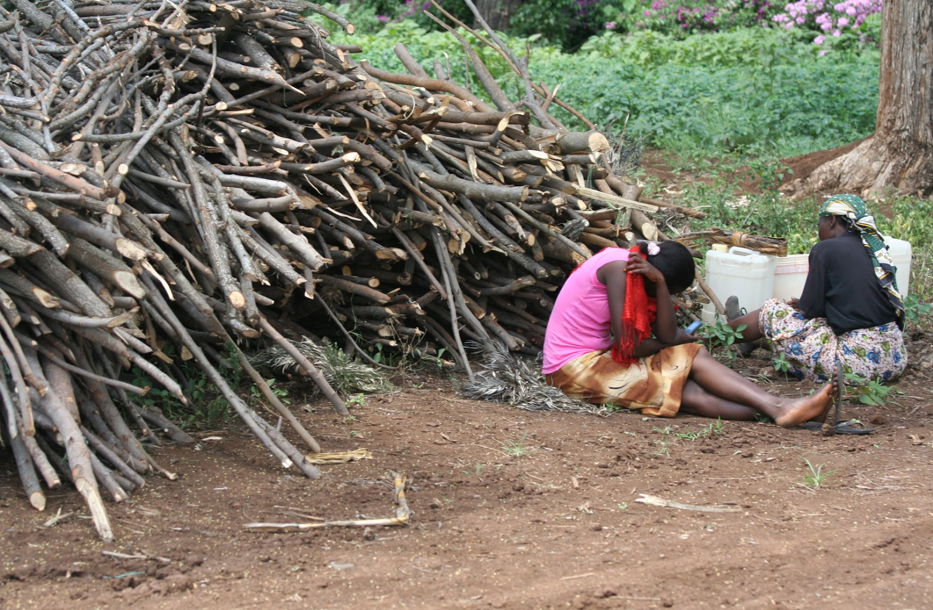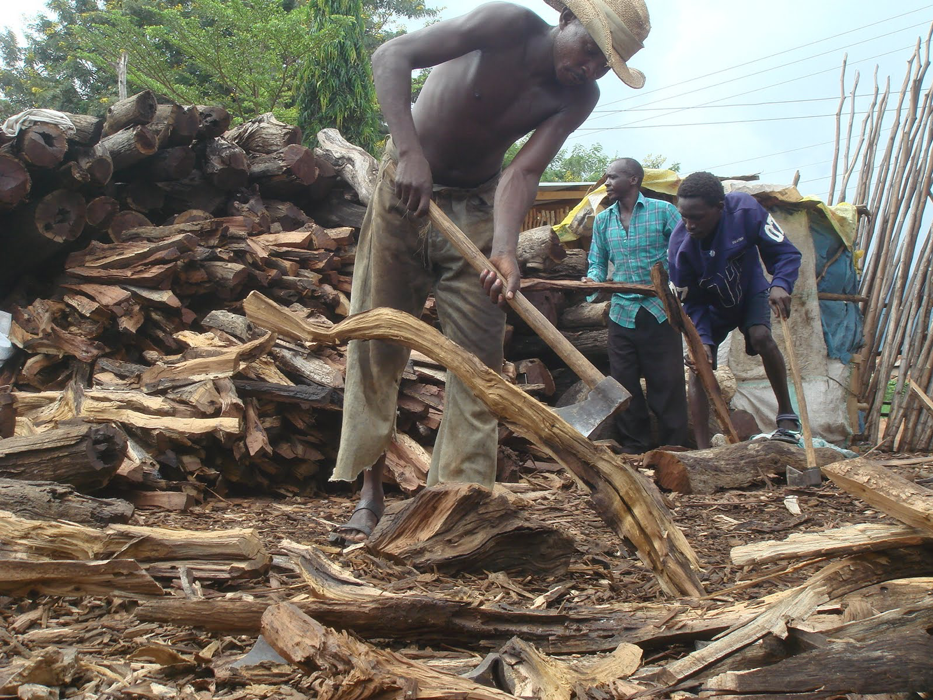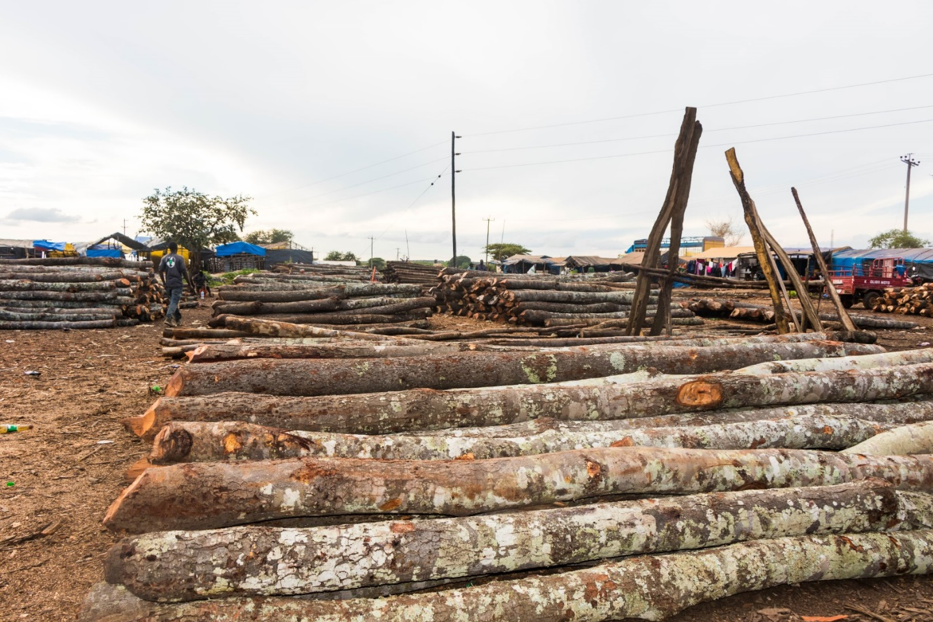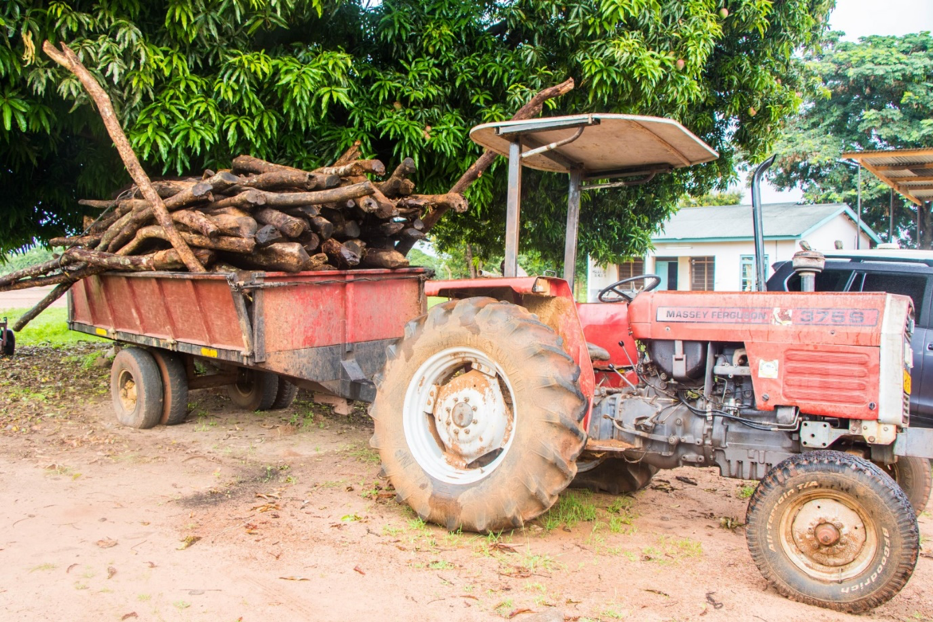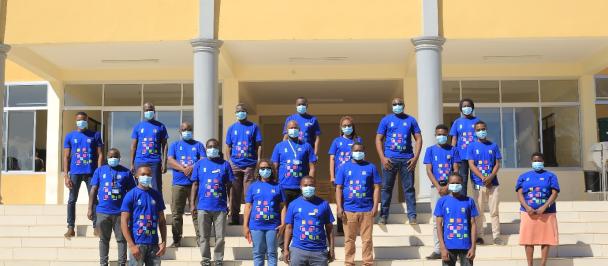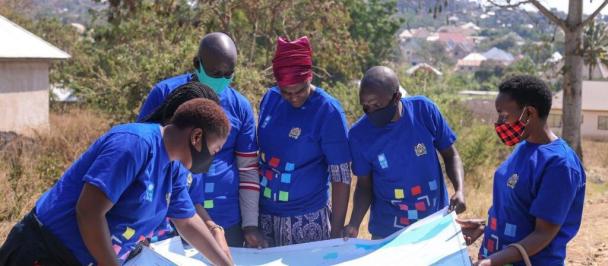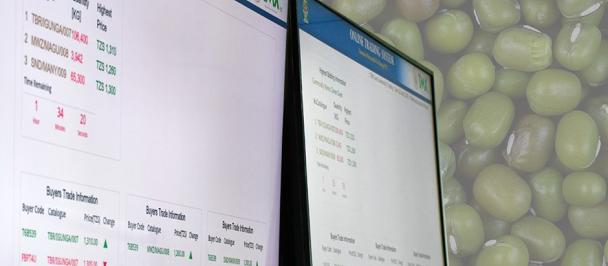Majority of stakeholders in rural villages cut down a significant amount of firewood during dry season to serve the purpose throughout the year. Photo taken from https://bit.ly/2JzSCc3
Most rural areas in Tanzania host a large population, and they continue to suffer from the impact of deforestation. The problem will continue if no concrete measrues are taken to arrest the situation. The speed of deforestation in rural areas is almost at the same pace just like fastgrowing wicked social and environmental challenges of urbanization.
The increase in deforestation goes hand in hand with the growing population in urban areas, resulting in increased inequalities and climate change threats.
In most cases the increase in deforestation taking place in Tanzania, is explained by limited energy alternatives for cooking at household level, and because economic activities in rural areas are limited to dry seasons and other factors.
Because of limited cheaper energy alternatives, firewood and charcoal remain the only easily accessible and reliable source of energy for cooking, while on the other hand processing charcoal and cutting firewood remain as main reliable economic activities for people living near forests areas.
On the other hand, the main markets for charcoal and firewood are the fast growing in urban towns and a majority of their population are unemployed, poor and cannot switch or afford other sources of energy for cooking - such as Liquefied Petroleum Gas (LPG), solar (given high initiation costs which are substantial for average income earners) and electricity. In this respect, populations residing in the fastgrowing urban towns of Tanzania save money by using “cheaper sources of energy for cooking”.
Chopping wood ready for sale to his customers, prices range between Tshs. 500-1,000. Photo taken from https://bit.ly/2R5P6tU
Problem Solving Mission
Recently, I went for a problem solving mission to a few villages in Msalala District Council. This mission was constituted after realizing that several villages have been left bare following massive cutting down of trees.
During the mission, I managed to spot the main users of firewood and charcoal in Msalala, and the main stakeholders involved in business related to cutting down trees. In other words, we caught them red-handed, and we wanted to learn very fast on how we could minimize this problem which need systematic approach in addressing it (see column one and column 2).
Main Issue |
Main Drivers/Stakeholders |
Possible solutions |
Deforestation |
Charcoal producers and households Majority of rural communities involved in processing charcoal do not have diversified sources of livelihoods most households do not have cheaper sources of energy for cooking |
Increase the levies on Charcoal/woods |
Accelerate the use of cheaper and energy saving stoves |
||
Introduce the use of refined coal as cooking energy for households |
||
Introduce bee keeping in areas heavily involved in charcoal processing |
||
Plant commercial trees (e.g. mangoes, cashew nuts trees) in deforested areas |
||
Plant profitable trees in public spaces and public institutions (e.g schools and hospitals) |
||
Artisanal small-scale miners ASM requires a minimum of five trucks of solid wood to buttress mine shafts. Usually, one ASM mine has at least 20 mine shafts meaning more than 100 trucks of solid wood are cut to accommodate this need |
Test alternatives used to buttress mine shafts which are currently been sold by the Government Mining Centre of excellence at Rwamgasa |
|
Increase the levy charged per solid wood used to buttress mine shafts (Matimba), and ban those coming from outside the constituency |
||
Introduce a ban on the use of trees in areas with prospective ASM mining activities |
||
Public institutions According to the District Council, at least each boarding school need one truck of wood per month as energy for cooking) |
Introduce Bio-briquettes, Bio gas |
|
Introduce coal as an alternative |
||
| All public institutions such as schools and hospitals must switch to the to use of cheaper and energy saving stoves |
We needed a very fast way forward after realizing that these groups are involved in that business because they don’t have many alternatives or jobs, and the users in villages and those in towns have no access to cheaper alternative energy for cooking.
Therefore, we managed to quickly learn on why and what specific reasons were driving these communities to get involved heavily in cutting down trees, and what type of interventions could easily be mainstreamed in the local government budget. While brainstorming on how to counter the issue by using the local budget, we also had a quick discussion on related projects which were implemented in the past, we asked on why they failed so as to be able to come up with an implementation strategy.
We managed to document a few solutions which have proved to work in their context and what they need is scaling up. (see column 2 and column 3). After that mission, we laid down the plan for the next steps which will involve putting together these solutions in a portfolio ready for experimenting to find out where and why they work in a given context.
A significant number of trees are used by artisanal miners to buttress mine shafts
We found a tractor full of logs at the District Executive Director's Office with illegally logs. The tractor and those responsible were caught by the LGA authorities on transit to one of the artisanal small-scale mines in Msalala
This article is related to Bio Briquettes - A solution to waste management and environmental challenges
By Godfrey C Nyamrunda, UNDP Tanzania Accelerator Lab Head of Experimentation

 Locations
Locations